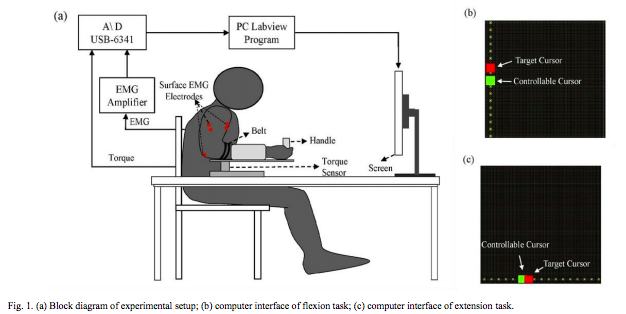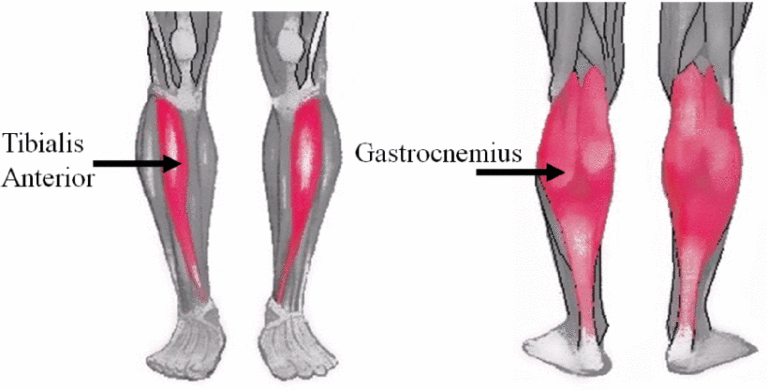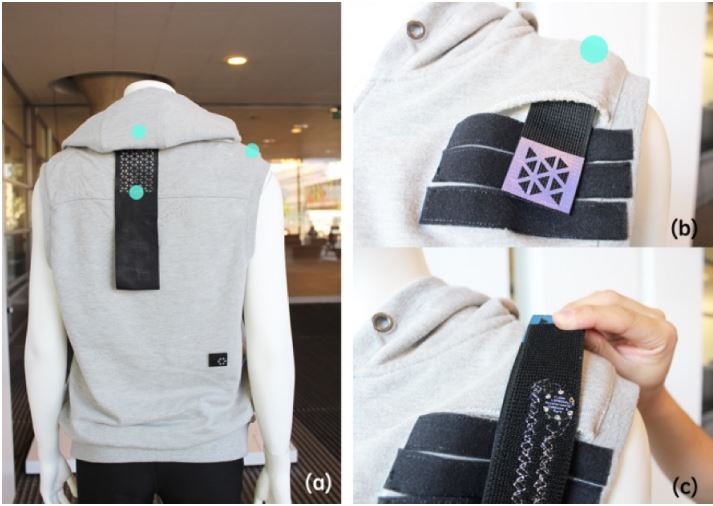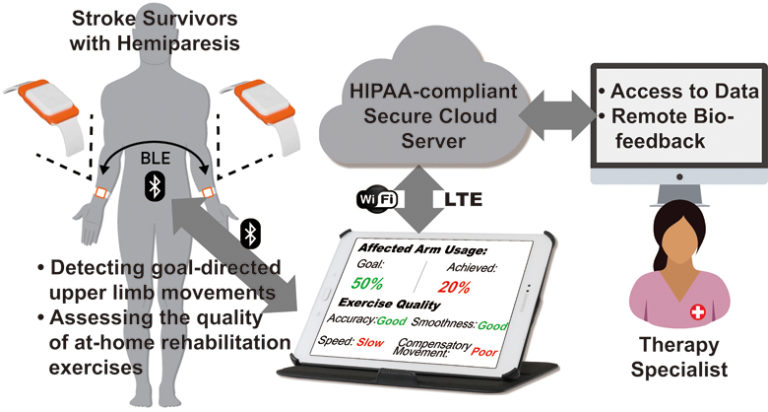Intermuscular coupling is essential in the coordination of agonist and antagonist muscles. However, its dynamic characteristics are not fully understood, especially the alterations of intermuscular coupling induced by stroke and…
read moreAbstract Background: Stroke is one of the main causes of disability in the world, causing loss of motor function on mainly one side of the body. A proper assessment of…
read moreBackground: Stroke is one of the leading causes of disability with ~80% of post-stroke survivors suffering from gait-related deficits. Conventional gait rehabilitation settings are labor-intensive and need rigorous involvement of…
read moreThe objective is to evaluate to which extent that Zishi a garment equipped with sensors that can support posture monitoring can be used in upper extremity rehabilitation training of…
read moreAbstract High-dosage motor practice can significantly contribute to achieving functional recovery after a stroke. Performing rehabilitation exercises at home and using, or attempting to use, the stroke-affected upper limb…
read moreThe present study aimed at investigating the effects of a novel robotic-aided rehabilitation treatment for the recovery of the upper limb related capabilities in chronic post stroke patients. Eighteen post-stroke…
read more



